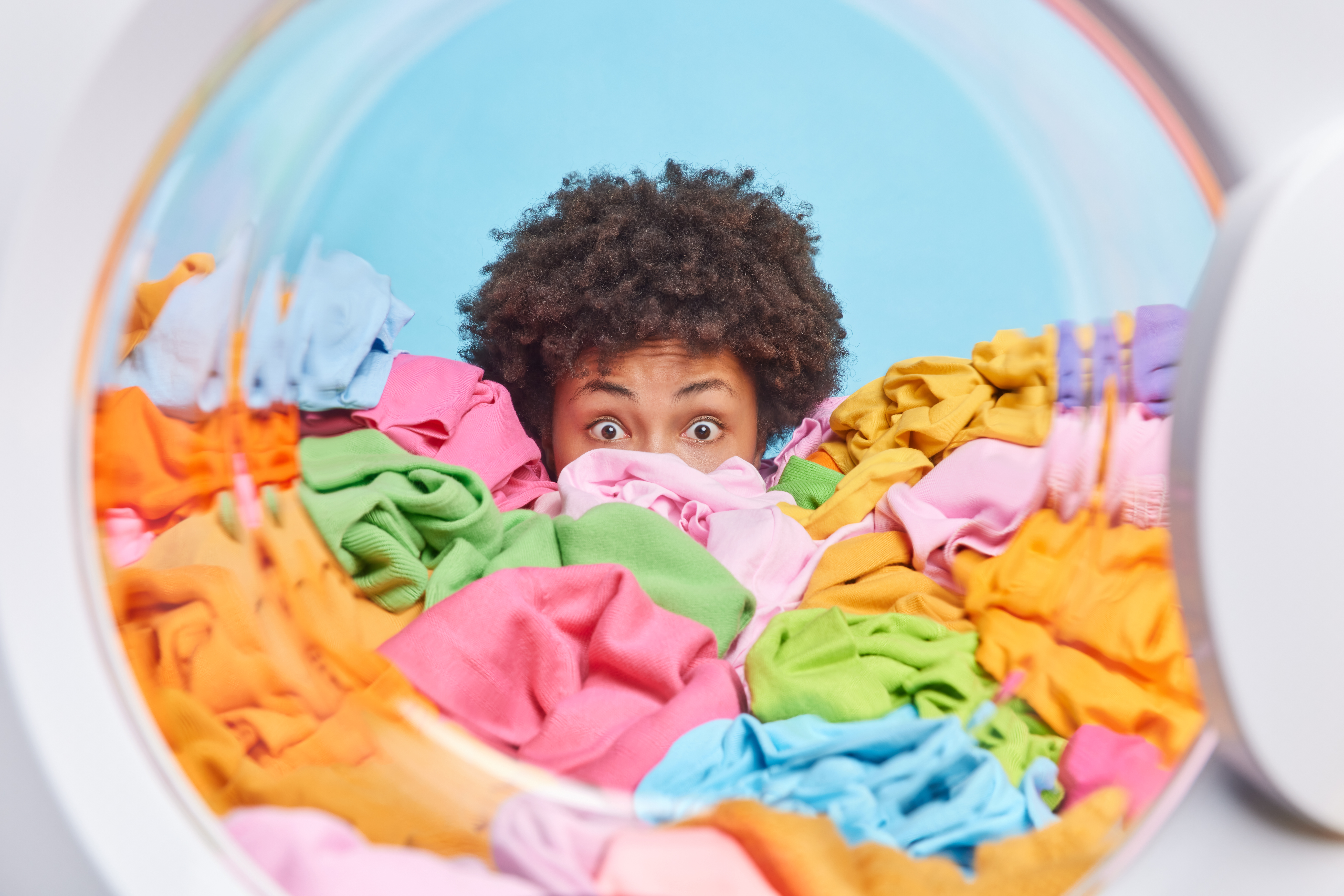Hello there! It can be frustrating when your GE washing machine is not draining properly.
But don’t worry, we’re here to help!
In this article, we’ll go through some troubleshooting steps to identify and resolve the issue so that you can get your washer up and running again.
GE Washer Not Draining (Simple Answers)
Common causes of a GE washer not draining include a clogged drain hose, a defective drain pump, debris in the washer drum, a broken lid switch, or a problem with the pump motor.
So now we have answered the main question let’s dive in for further detail.
Step 1: Check the Drain Hose
The drain hose is a critical component of your washer’s drainage system. Start by inspecting the drain hose for any kinks, twists, or clogs.
Make sure the hose is properly connected to both the washer and the drain pipe.
If you find any issues, straighten out the hose, clear any clogs, or reattach it securely.
Step 2: Check the Drain Pump
The drain pump is responsible for pumping out the water from your washer.
If it’s not working properly, your washer won’t drain.
To check the drain pump, first, unplug your washer and locate the drain pump, which is usually located at the bottom of the washer.
Check for any visible debris, such as lint or foreign objects, that may be blocking the pump. If you find any, carefully remove it using pliers or a small brush.
Connect with an Appliance Repair Technician
Click here to use the chatbox to speak with one of our skilled technicians.
No in-home service calls. No appointments.
Step 3: Check for Clogs in the Washer Drum
Sometimes, debris or foreign objects can get trapped in the washer drum and prevent proper drainage.
Carefully inspect the drum for any visible clogs, such as socks, coins, or other items.
If you find any, remove them to allow the water to drain freely.
Step 4: Check the Lid Switch
The lid switch is a safety feature that prevents the washer from draining when the lid is open.
If the lid switch is faulty, it may not allow the washer to drain even when the lid is closed.
Check the lid switch for any visible damage or signs of wear and tear. If it’s not functioning properly, it may need to be replaced.
Step 5: Check for Pump Motor Issues
If the drain pump motor is not working, your washer won’t be able to drain properly.
You can check the pump motor using a multimeter to measure its resistance.
If the resistance is out of the manufacturer’s specified range, it may indicate a faulty motor that needs to be replaced.
Connect with an Appliance Repair Technician
Click here to use the chatbox to speak with one of our skilled technicians.
No in-home service calls. No appointments.
Step 6: Run a Clean Cycle
Sometimes, detergent residue, lint, and other debris can accumulate in your washer’s drainage system over time, leading to poor drainage.
Running a clean cycle with hot water and a cup of white vinegar can help break down the residue and clear the drain system.
Step 7: Call a Professional
If you’ve gone through the troubleshooting steps above and your GE washer is still not draining, it may be time to call a professional technician.
They will have the expertise and specialized tools to diagnose and repair the issue accurately.
Connect with an Appliance Repair Technician
Click here to use the chatbox to speak with one of our skilled technicians.
No in-home service calls. No appointments.
Final Thoughts
In conclusion, a GE washer not draining can be caused by various reasons, including a clogged drain hose, a faulty drain pump, debris in the washer drum, a malfunctioning lid switch, or a pump motor issue.
By following the troubleshooting steps above or seeking professional help if needed, you can identify and resolve the problem, and get your washer back to its optimal performance.
Happy washing!
Related Articles
- GE Washing Machine Problems: 7 Common Issues (Must Read)
- GE Washing Machine Leaking: 7 Common Reasons (with fixes)
- Dishwasher Warranties: Which Brand Offers the Best Coverage
References
- Image by wayhomestudio on Freepik

